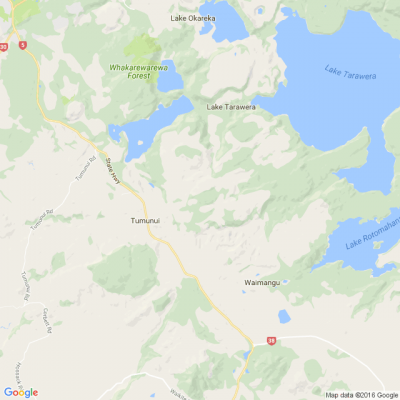
Know what’s happening
Access the private noticeboard for verified neighbours near you. Keep informed about any suspicious activity, send urgent updates to your neighbours when required and discuss emergency planning.
Get to know your neighbours
Browse the directory and start getting to know your neighbours. Don’t want to post to the whole neighbourhood? Send a private message.
Buy, sell and give away
Want to declutter your garage? Buy some used household items? Give away some garden stuff? Become a verified neighbour to browse and post items for sale. Trading is simple when everyone lives nearby.

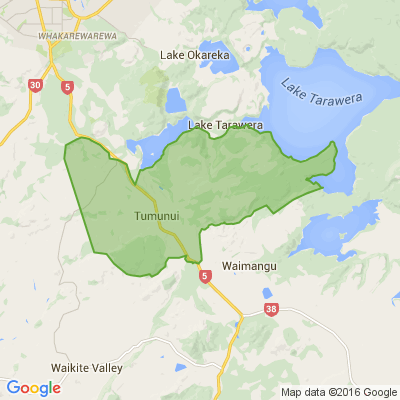

Thank you for using Neighbourly
You may receive an email confirmation for any offer you selected. The associated companies will contact you directly to activate your requests.
Since the start of the year, we've had more than 1,500 people sign-up to become apprentices. Some of them are re-skilling from one profession into a career they love. With skills shortages in key industries, employers are hiring and offering training through the fees-free apprenticeships … View moreSince the start of the year, we've had more than 1,500 people sign-up to become apprentices. Some of them are re-skilling from one profession into a career they love. With skills shortages in key industries, employers are hiring and offering training through the fees-free apprenticeships programme.
Sign-up with Competenz to find your apprenticeship.
Find out more

Robert Anderson from Curtain Clean Rotorua
Laundry detergent is a powerful cleaning agent. But did you know that it can do much more than just clean your clothes? The stuff can be multifunctional in your household. For example, you can use both the liquid and powder version for your drain, oven or car. We have listed seven things that you … View moreLaundry detergent is a powerful cleaning agent. But did you know that it can do much more than just clean your clothes? The stuff can be multifunctional in your household. For example, you can use both the liquid and powder version for your drain, oven or car. We have listed seven things that you can clean with laundry detergent.
1. Unclogging the drain
Is your drain clogged up? Don’t call a plumber just yet; try this trick first. Pour about 60 millilitres of laundry detergent into the sink and then (slowly) pour a litre of boiling water down the drain. The hot water and the liquid detergent work together to flush out the blockage. That saves you another visit from the plumber.
2. Making all-purpose cleaner
It is also perfectly fine to use laundry detergent to make all-purpose cleaner. To do this, mix 80 millilitres of bleach, 4.5 litres of water and a teaspoon of laundry detergent together. It works surprisingly well on walls, in the bathroom and on almost any other surface in the house.
3. Removing stains
When you think about it, it makes sense that the same stain-fighting properties that help clean your clothes, also work on upholstery and carpet. Apply powder detergent to a stain and rub it gently with a wet cloth to work the detergent into the stain. Wait five minutes, then wipe off the excess powder and repeat until the stain is gone.
4. Washing the car
Laundry detergent is ideal for cleaning the outside of the car. It removes dirt with ease. Makes sure to dilute the detergent fist. Just one tablespoon of laundry detergent per bucket of water should be enough. A solution that is too concentrated could damage the paintwork of your car, which is something we want to avoid! Of course, you can also use laundry detergent for the interior of the car, as described above.
Keep reading: www.curtainclean.co.nz...
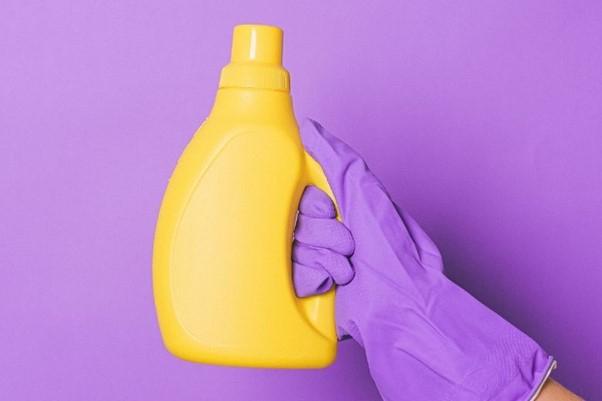
Hi Neighbours, make use of our free recruitment service and advertise your entry-level and apprentice roles with Competenz. We have pre-qualified and motivated jobseekers ready to match with your business.
Enquire through our online job board and our team will be in touch, easy!

Wendy from Rotorua Central
Join us for a Quiz Night
Fri 25 June @6:30pm
Rotorua Bowling Club
$25 pp. teams of 4-6 people
Cash Bar & Pub Grub available

Ronald McDonald House Charities
Help us house families with hospitalised children. Join the fight to fund a night. Find out more

Colleen Hawkes Reporter from Homed
The Block NZ is back on our screens on Monday, but let's hope there are no more silly decor challenges and over-the-top reserves.
88 replies (Members only)
Our pioneering approach to retirement living includes resident-friendly terms designed to protect you and your family.
Ryman’s Peace of Mind Guarantees include terms such as our deferred management fee that is capped at 20 percent, one of the lowest in the retirement sector.
Our base weekly… View moreOur pioneering approach to retirement living includes resident-friendly terms designed to protect you and your family.
Ryman’s Peace of Mind Guarantees include terms such as our deferred management fee that is capped at 20 percent, one of the lowest in the retirement sector.
Our base weekly fee is fixed for the entire time you occupy your townhouse or apartment*, and comprehensive care can be dialled up as your needs change.
Terms like these provide you with greater confidence to live the way you want.
*Some conditions apply
Learn more

The Team from Graeme Dingle Foundation Rotorua
Have you voted in this years Good In The Hood?
You can vote for the Graeme Dingle Foundation in one of 48 participating Z Stations. Head to your nearest station today 🧡💚
The Team from Resene ColorShop Rotorua
A vintage print can make a great welcome sign for your home entrance way by simply adding some hand painted letters in your choice of Resene colours!
Find out how to create your own.

Robert Anderson from Curtain Clean Rotorua
Even though we all love animals, we are not always fans of other people’s cats doing their business in our gardens. Luckily, there is a handy, and animal-friendly, trick for this!
Cats are wonderful and cute animals, of course, but they’re a bit less cute when they pee, poo and dig all over … View moreEven though we all love animals, we are not always fans of other people’s cats doing their business in our gardens. Luckily, there is a handy, and animal-friendly, trick for this!
Cats are wonderful and cute animals, of course, but they’re a bit less cute when they pee, poo and dig all over our garden. This can cause a lot of trouble for you and your garden, so you might be looking for some tips to help prevent this! Because we are animal lovers, we don’t like the idea of scaring off cats with chemicals or nasty methods that aren’t animal friendly. We believe keeping cats out of your garden can also be done in a natural way.
There are several ways to discourage cats from coming into your garden that are in no way harmful to the cat but do give the required result. For instance, cats don’t like certain scents, which means you can use those to keep them out.
After asking around for a bit, we found out that a lot of people have trouble with neighbourhood cats in their garden. Some people love seeing those cute animals wandering around their garden, but other people would rather chase them away immediately. Everybody has their own methods for this as well. The most common method seems to be trying to scare the cat by yelling and waving your arms. Others go outside with a glass of water to try to pour over the cat. Of course, these methods don’t have the desired result. Some people get so frustrated that they end up in the newspaper because they tried shooting at the cats! That’s not what we want, so we’ve got a few tips for you instead.
Cats don’t like the smells of vinegar and citrus peel.
So, you can keep cats out of your garden pretty easily by putting bowls of vinegar or citrus peel in various places around the garden (in particular those places the cat likes to visit). The cat will then definitely stay away from those places. Another thing cats hate is cayenne pepper. So, it may be worth scattering a generous amount of cayenne pepper in places the cats like to visit. Then again, this may cause the cat to start sneezing violently, which make us feel a bit sorry for it.
If you don’t have any of these products at home and don’t feel like going to the supermarket, you could also try using garlic, ground coffee or chili pepper. Did you know about these natural, cat-resistant tips? Share them with your friends!
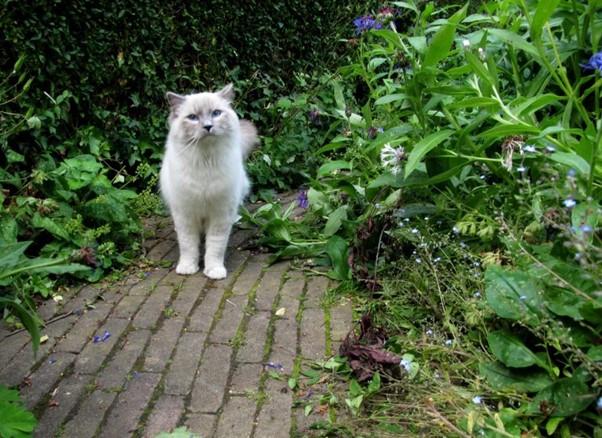
Toastmasters New Zealand North hosted the highlight of the Toastmasters year, “UNMUTE Me,” the 2021 Toastmasters New Zealand District 112 Conference. The District Council elected Stephen Budai DTM as District Director effective 1 July 2021.
The four annual contests were also held during the… View moreToastmasters New Zealand North hosted the highlight of the Toastmasters year, “UNMUTE Me,” the 2021 Toastmasters New Zealand District 112 Conference. The District Council elected Stephen Budai DTM as District Director effective 1 July 2021.
The four annual contests were also held during the conference. Bradley Thompson (Hamilton, Division P) was the winner of the International Speech Contest and will go on to represent Toastmasters New Zealand North in the International Region Quarter finals.
Winners of the international region semi-finals will take part in the World Championship of Public Speaking.
Find out more

Ronald McDonald House Charities
Help us house families with hospitalised children. Join the fight to fund a night. Find out more

Robert Anderson from Curtain Clean Rotorua
There is a preference coming through for warmth and comfort in our colour choices with the aim of bringing nature inspired hues back into the home, whether that be through browns shades, greens or blues, replicating our outdoor landscape.
SUNBAKED ORANGE - We are loving how this colour brings … View moreThere is a preference coming through for warmth and comfort in our colour choices with the aim of bringing nature inspired hues back into the home, whether that be through browns shades, greens or blues, replicating our outdoor landscape.
SUNBAKED ORANGE - We are loving how this colour brings a sense of the Mediterranean to our homes, embodying a wholesome reassuring vibe. Use in decorative elements throughout the home or go large through drapery or wall colour.
Full article with pictures: www.curtainclean.co.nz...

Robert Anderson from Curtain Clean Rotorua
If you are in the market for a new pair of curtains or are potentially looking at getting your existing curtains lined, this blog will cover why it is advantageous for you to be lining your curtains, especially this winter.
Insulation: There are many different materials that can be used for the … View moreIf you are in the market for a new pair of curtains or are potentially looking at getting your existing curtains lined, this blog will cover why it is advantageous for you to be lining your curtains, especially this winter.
Insulation: There are many different materials that can be used for the lining of your curtains, and each one can provide a slightly different result in regards to insulation, etc. For instance, polycotton lining (cotton and polyester) is naturally resistant to heat and still allows a good flow of air, making it suitable for warmer environments and even winter as it can provide reasonable insulation.
When simply looking for insulation for the winter period (or if you reside in an area which is typically colder year-round) it may be more beneficial to look at curtain linings such as the blackout and dim lining or thermal lining. Blackout lining is made from a thicker material, and is, therefore, more beneficial for those who are looking for more of a private and insulated lining. This fabric also allows you to keep in all of the heat in the winter period, and keep out the heat in the summer period, due to the sun being blocked out more from the dimmer and thicker fabric. An additional benefit of this is that you will have a difference in the amount of noise that enters our room/house (wherever the lining is applied).
Visually Appealing: Depending on what fabric you decide on, many of the lining options can add to your room. For example, bonded interlining is....
Keep reading: www.curtainclean.co.nz...
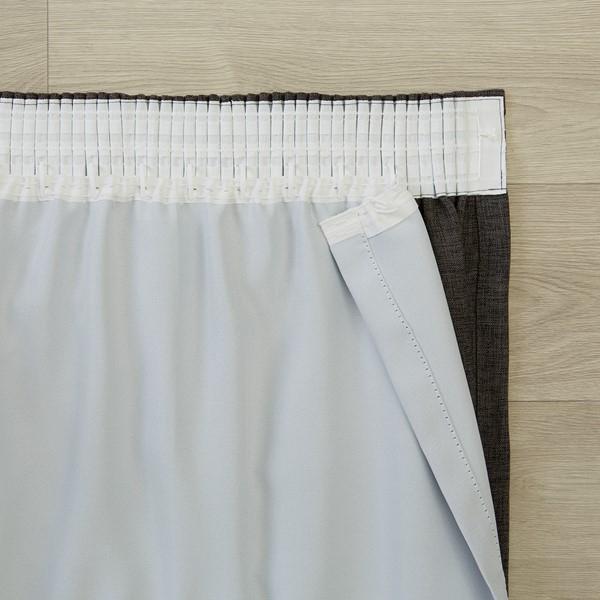
 Loading…
Loading…
Are you sure? Deleting this message permanently removes it from the Neighbourly website.
 Loading…
Loading…
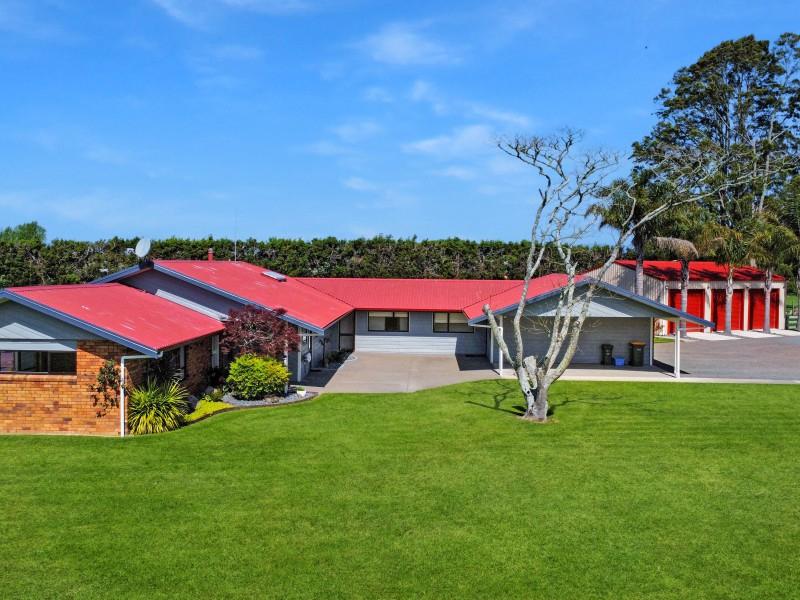
 $1,750,000 + GST (if any)
$1,750,000 + GST (if any)



 Marketed by Lindy Nelson Parker
Marketed by Lindy Nelson Parker

 Buyer Enquiry Over $680,000
Buyer Enquiry Over $680,000


 Marketed by Anny Nicholson
Marketed by Anny Nicholson

 $849,000
$849,000



 Marketed by Michelle Stephenson
Marketed by Michelle Stephenson
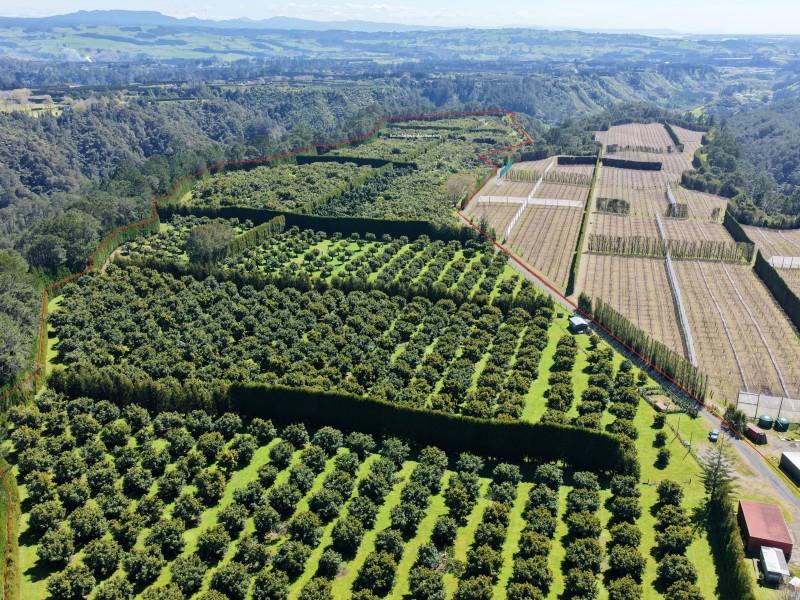
 Tender
Tender



 Marketed by Brett Ashworth
Marketed by Brett Ashworth
© Neighbourly 2025
